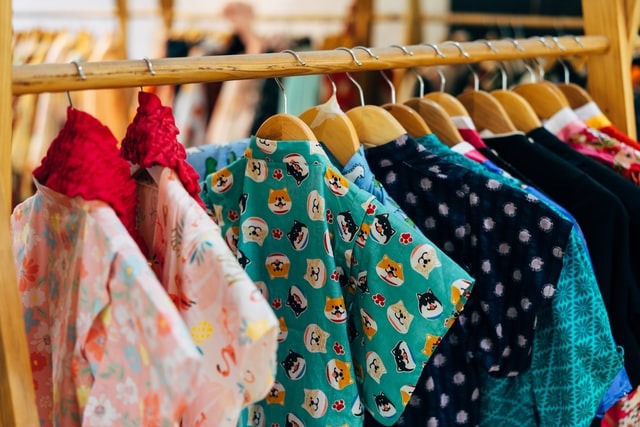

Patterns refer to the art with regards to design patterns through making templates from which clothing or items of craft can be seen. People who are indulged in pattern making are also known as technical designers. When the work of a fashion designer ends, technical designers start their work of designing patterns for the garment. Usually, patterns are made out of cardboard or paper templates which have become a skilled process with time or over centuries. JD Institute is here with all you need to know about the environment of pattern making.
The pattern acts as a guide to cut the fabric which can later be sewn together to form a garment. Various types of pattern making in the clothing industry or in the pattern making process are:
This method reflects no seam allowance and a basic pattern of the garment through which other patterns of similar design are made due to which it is also known as foundation pattern. It is based on either custom or standard measurement
Flat Pattern Technique – To draw a draft on paper, this technique uses a variety of straight edges, curves, calculations, and measurements. It reflects a two-dimensional method that manipulates an existing foundation block pattern. Making patterns with the flat pattern technique is easy as the patterns are based on the template. The hard part in the process is when the templates have to be made either manually or by using a software of pattern making.
Modelling – It is often known as draping on the stand is a method of pattern cutting in which muslin cloth is used for fitting of block garment usually on a dummy of appropriate size. Until the designers are satisfied with the shape and fitness, they manipulate, mark, or adjust the three-dimensional mock-up. Draping is often used in high-class fashion as it gives a clear of the product to the designers.
A technology that has integrated into each aspect of our work lives is computer technology. The first appearance for CAM/CAD was in the 1970s. Computers have become economical with time however grading software or pattern-making technology still remains an expensive investment to make. One of the easiest and most advanced design techniques to use is the flat pattern technique using CAD. to create patterns designers use a lot of geometric designs that are based on a variety of shapes and lines. Changes or corrections can be easily made on the screen if necessary to get ready for further operations like marker making or grading.
A design is interpreted by the pattern maker by drafting it through different pieces of pattern according to the body measurement. This process is known as pattern drafting. Body measurements of individuals are converted into a series of straight lines and curves on template paper. In later stages of the process, these lines or curves determine the overall section of the pattern pieces to cut and ultimately develop a reusable pattern and test for fit. Pattern making consists of three steps which are fashion analysis, spec sheet design, and drafting of the pattern.
As in pattern making, a sketch is converted into a garment and it forms a link between design and production. To complete the process of garment pattern making, there are three major elements which are:
Pattern making aids in getting a clear idea of the right style or accurate measurement for the garments. A perfect pattern helps in making an appropriate sample or reflects clear information when it comes to sewing allowance, construction, grainline, fabric cutting, etc, and eliminates any wastage of fabric. In cases where there is production for bulk order, the resources required for the construction of a particular style can be eliminated by the factory. To help the buyer in receiving a trouble-free shipment accurate interpretation along with proper technology and technique should be used. No matter how the technology is being used, manual pattern-making still remains the mother of pattern-making software as without it nobody can produce a pattern that will fit without alterations into a particular size.